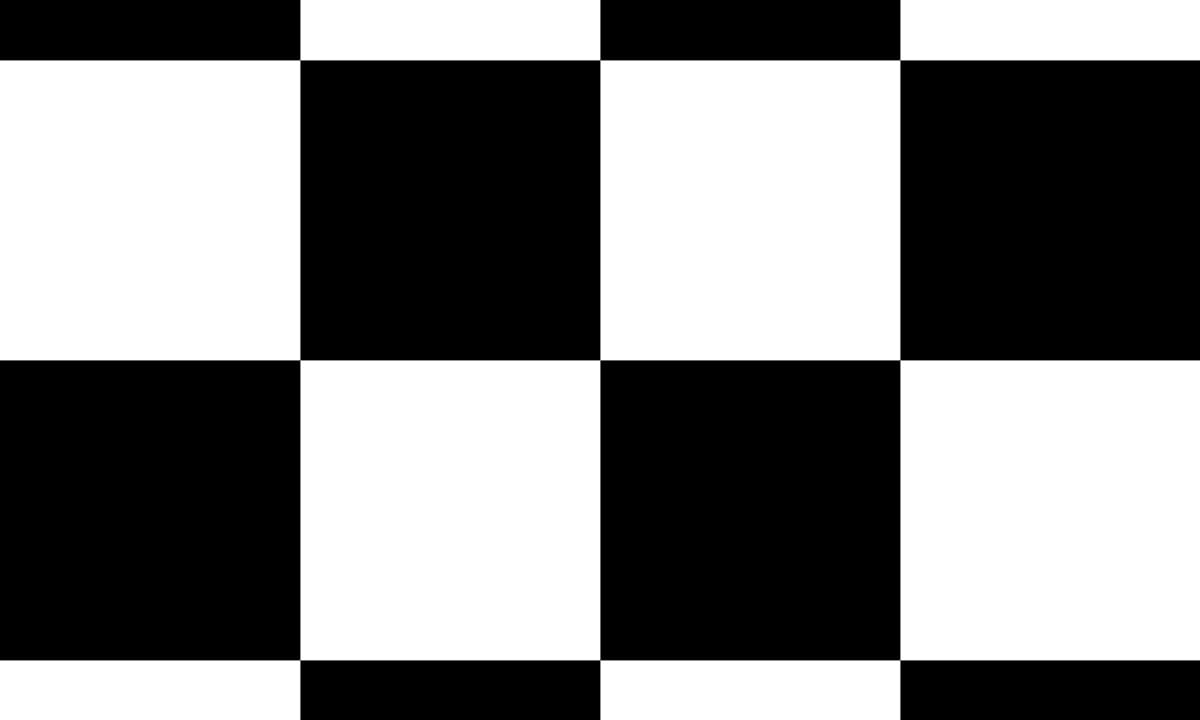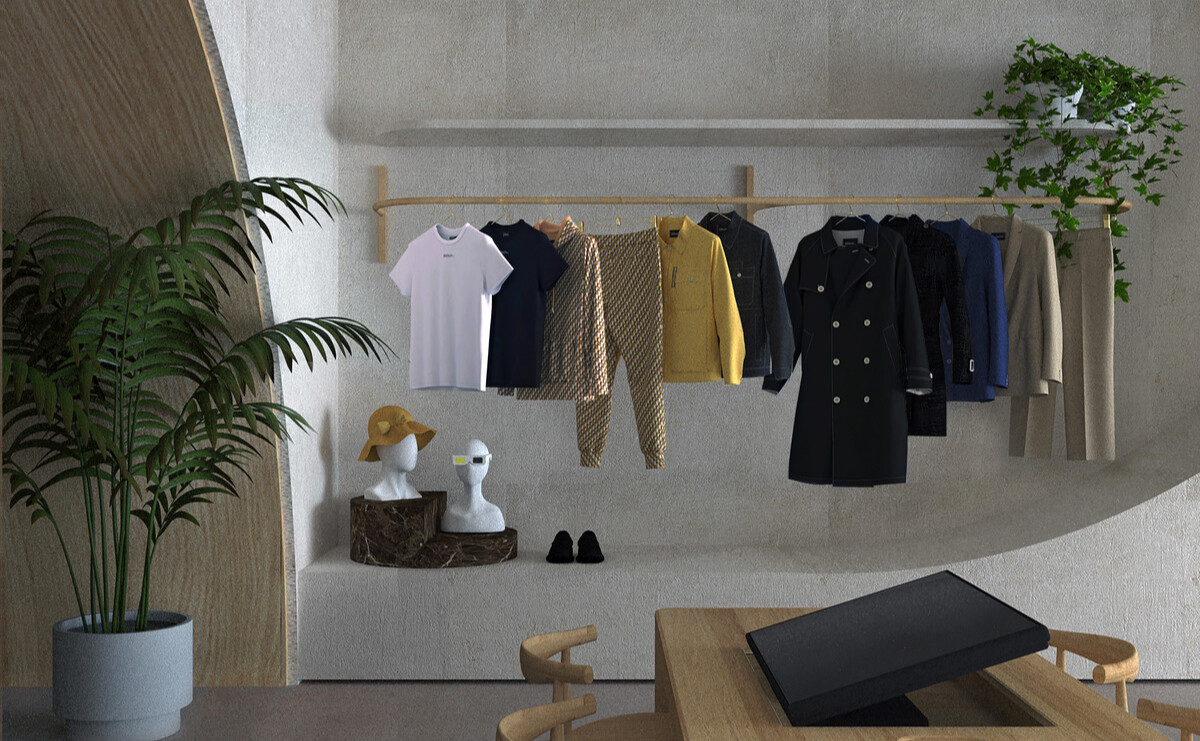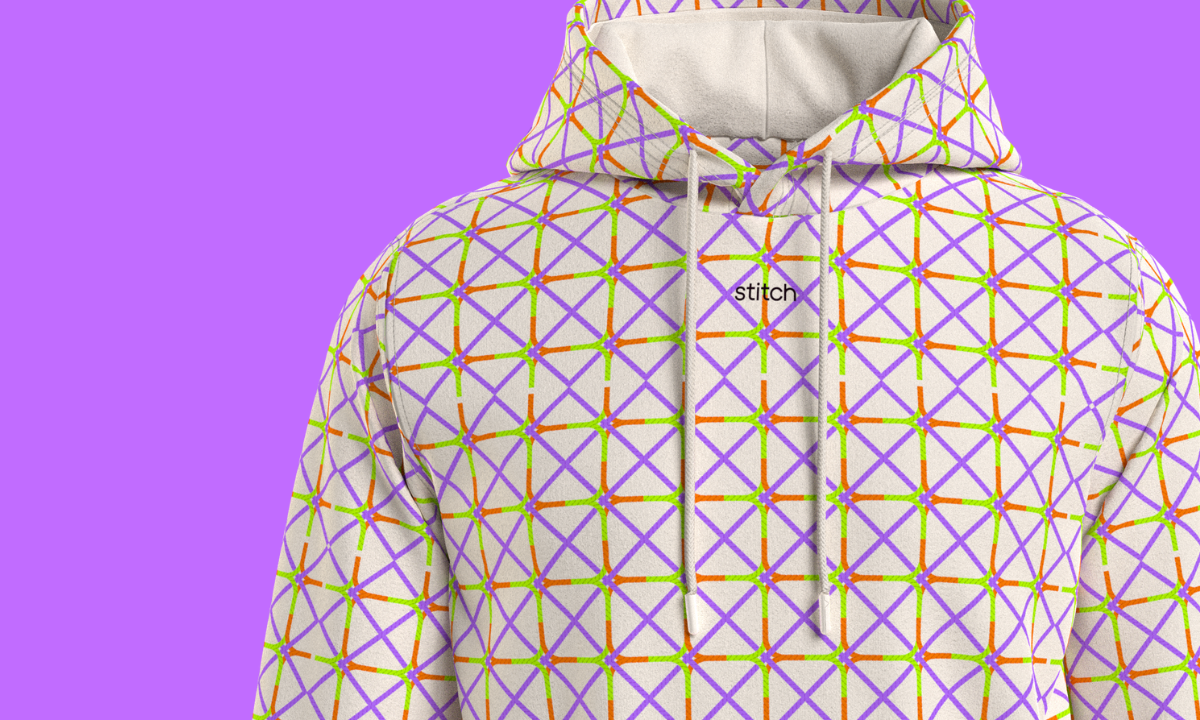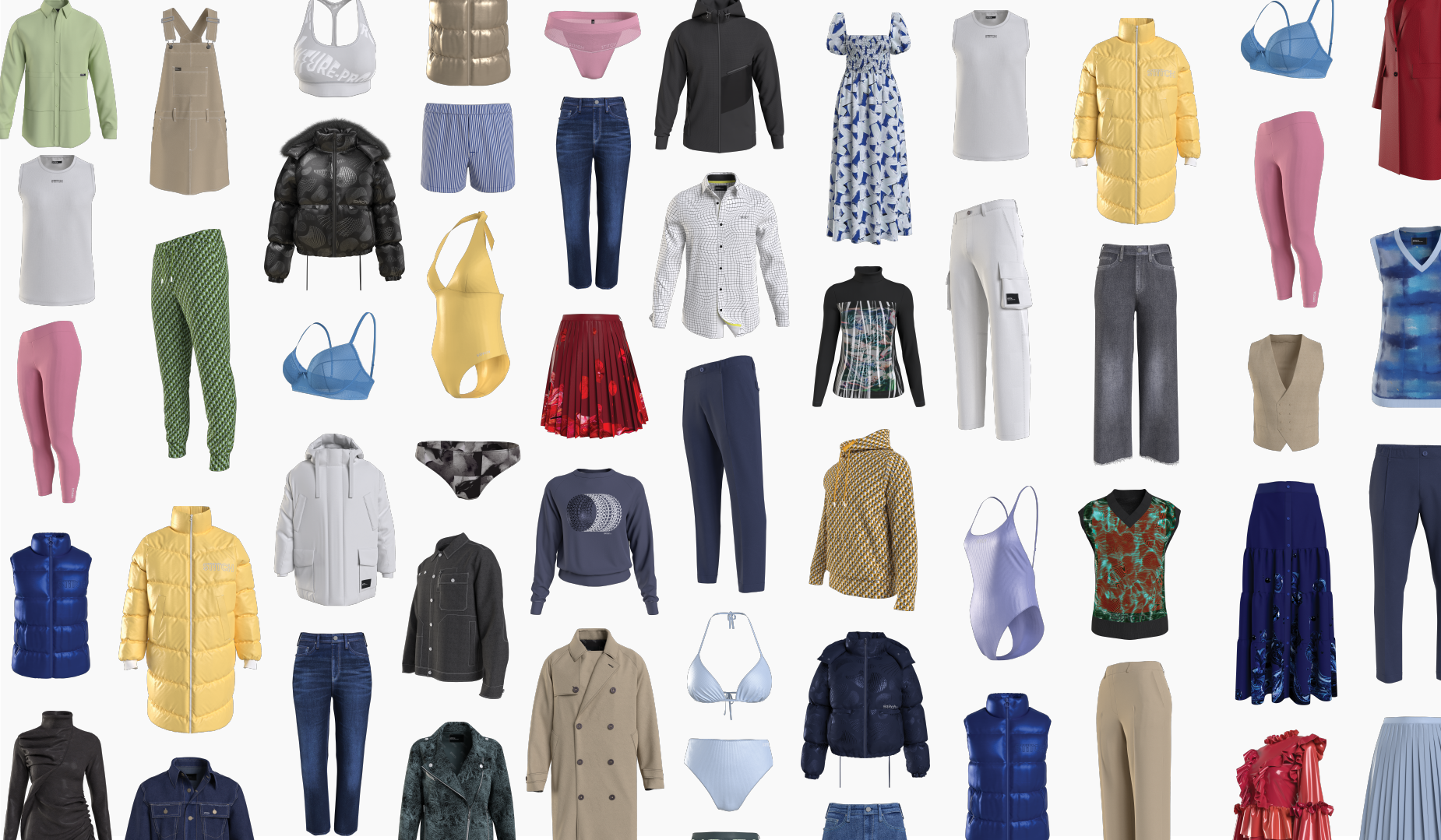3D is everywhere. It’s appearing across varied fashion streams, from technical garment development to digital-only collections and high-end runway shows. But what is 3D, and what value does it add to the design process? Let’s take a look at what it means to create a virtual garment, including some of the benefits - and difficulties - it can bring to your apparel company.
What is a 3D garment?
A 3D garment is an assembly of 2D pattern pieces which are simulated on a virtual body. It has many similarities to a physical item of clothing. Taking a basic shirt as an example, you can work with the pattern that you’d use in real life, “stitch” the seams and drape the completed piece onto an avatar. Only, in much less time and without wasting fabrics or materials.
 A shirt from the Stitch Collection is shown in VStitcher, a 3D software. On the left, you see the 2D pattern, and on the right is the 3D garment.
A shirt from the Stitch Collection is shown in VStitcher, a 3D software. On the left, you see the 2D pattern, and on the right is the 3D garment.
Each piece of your shirt is simulated using a digitized fabric, which can match the exact quality - let’s say a cotton twill - of the physical garment. You can add artworks, prints, buttons, topstitching, and embroideries, or change colors and details with a single click of your mouse. You have the flexibility to style it as you would a real shirt - you could undo the top button for a less formal look, or tuck it into a pair of pants to make a complete outfit.
Why work in 3D?
Now we know the very basics of what makes up a 3D garment, we can take a look at what the advantages are of working in 3D.
Traditionally, fashion designers draw a detailed sketch of a garment. This is sent to a factory, along with sufficient technical information to allow the factory to understand the makeup of the style and to produce a sample. The sample is then shipped to the design team for assessment. After numerous prototypes and feedback rounds, the style is signed off to go into bulk production. By using 3D, this sample development process can be streamlined to save time, money, and waste.
How 3D helps you to use your time wisely
From a single 3D garment, a designer can produce countless detailed images from any angle without extra effort. This prevents wasting time drawing each front, back, and side views separately. An accurate image of a specific shirt cuff or complex pocket detail can be easily communicated to the manufacturer without drawing an additional tricky diagram.
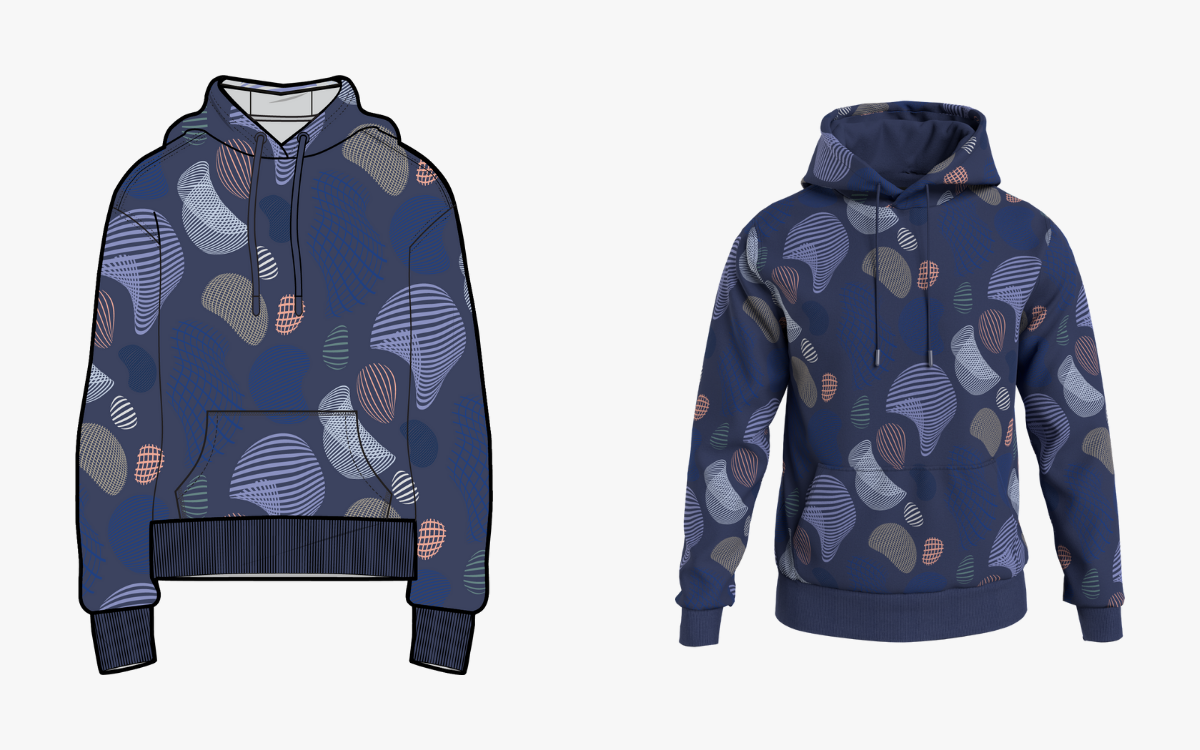 This hoodie looks completely different when shown as a flat sketch (left) and a 3D garment (right).
This hoodie looks completely different when shown as a flat sketch (left) and a 3D garment (right).
Additionally, a 3D sample can be sent across the world in seconds - rather than the days, weeks, or even months spent waiting for physical samples to be shipped. Product teams can review digitally and return feedback to the vendor with a fast turnaround.
The result? Vendors are quicker to understand what the designers want, and fewer samples are needed to get the desired result. After a few seasons of effective collaboration in 3D, styles could be developed with just one sample for final sign-off, or even none at all.
Cut down on physical samples using 3D
Making samples in 3D does not waste any fabric, trims, dyes, or other environmentally taxing materials. There are no emissions created by transporting pieces to different locations for cutting, sewing, and finishing, and no expensive priority shipping back to the design teams.
When a collection is overdeveloped and styles are canceled, there are no costly samples left unused. Once a sample is approved and ready to sell, a photoshoot can be conducted virtually, saving transportation emissions for models, photographers, directors, and set designers. What’s more, no time or materials are wasted building pricey, elaborate sets which will be discarded after use.
If your company has fifty sales showrooms across the world, you no longer need a sample in every color for every location. Instead, you can use the same virtual sample that you already have from the production process, again and again.
Quality is key
A designer who creates virtual prototypes vastly increases the quality and quantity of information they can communicate to their vendor.
When drawing a garment technically, it's tricky to make sure everything is proportionally correct and will reflect real-life measurements. In a sketch, you might estimate that a 10cm artwork looks appropriate for the design but when you see it on the sample, it’s actually much too large and placed slightly too low on the chest. However, using the correct pattern and avatar in 3D guarantees that the measurements are accurate and the proportions are realistic. This allows you as a designer to stay in control of your decisions.
Sounds great, let's go!
In conclusion, the integration of 3D technology in the fashion industry is revolutionizing the design process, streamlining development, and offering an eco-friendly alternative to traditional methods. By creating virtual garments, designers can save time, reduce costs, and minimize waste, while enhancing communication and collaboration with manufacturers. Additionally, 3D designs promote accuracy and realism in the visualization of garments, empowering designers to make better-informed decisions.
However, it's essential to remember that implementing 3D technology should be tailored to the specific needs and goals of your brand. With a thoughtful approach and a focus on quality, 3D design has the potential to reshape the future of fashion, paving the way for a more sustainable, efficient, and creative industry. Embrace the power of 3D, and your apparel company can stand at the forefront of this innovative transformation.

